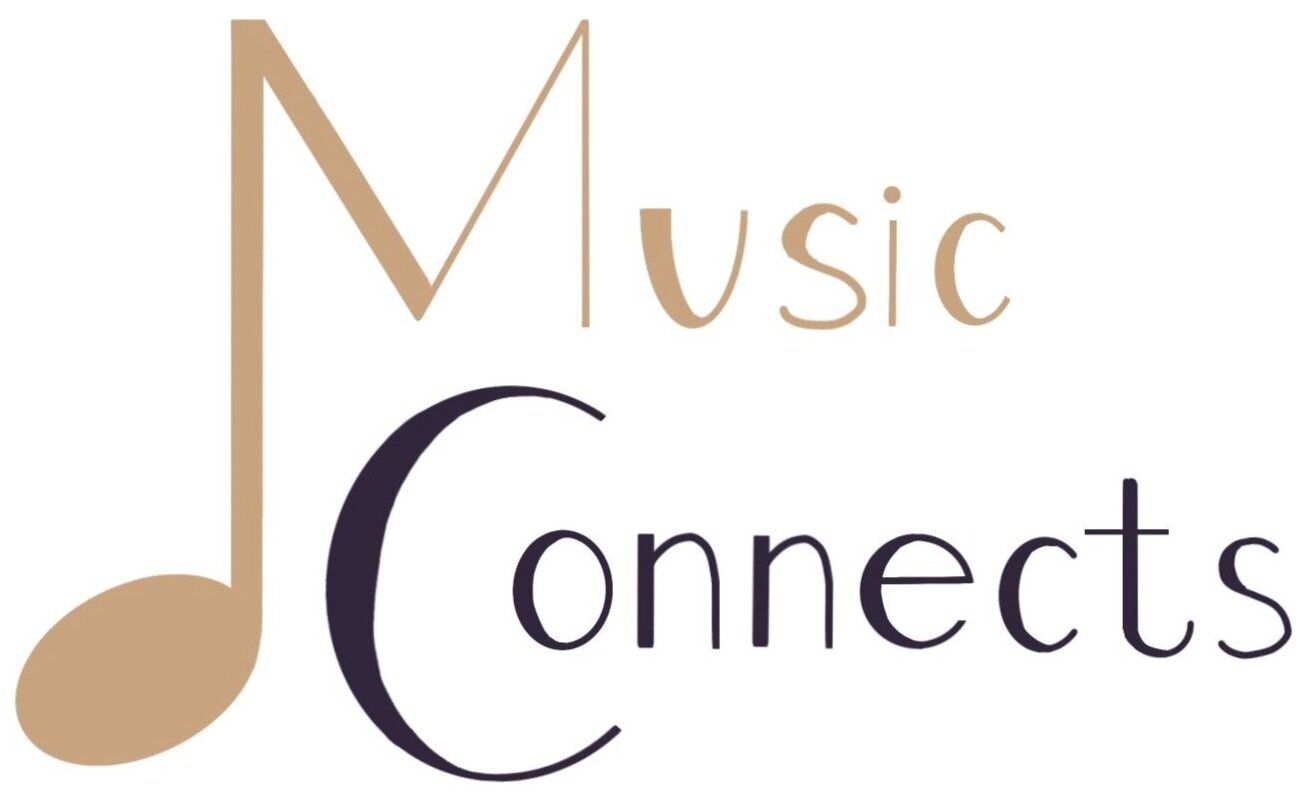The Flamenco Guitar
Today, I will be talking about a staple instrument in Spanish culture, especially in the Andalusia region: the flamenco guitar. Flamenco is a highly artistic expression of music, dance, and singing that is deeply rooted in the history and society of Spain, alongside the flamenco guitar. The guitar lies at the heart of the flamenco dancing tradition, accompaniment, and solo performance.
Its roots date far back, from the 18th century, and demonstrate the influence of the Romani, Moorish, Jewish, and indigenous Andalusian cultures. Most of the early flamenco was purely vocal, but during the 19th century the guitar became a very integral part of the music. The addition of the guitar created a whole new dimension in flamenco, which allowed for much more musicality and layers of complexity.
This guitar in itself was an evolution of the so-called classical Spanish guitar. Whereas they do share some attributes, the flamenco guitar is usually lighter and has a percussive feel to it. This caters to the rhythmical demand imposed by flamenco music and dance. The technique and construction of the flamenco guitar enable a more rapid and intricate delivery, plus more powerful, resonant chords that define the flamenco style.
The techniques by which flamenco playing of guitar can be differentiated are: Rasgueado, which is a fast strumming with the fingers. Alzapúa: A thumb technique for fast picking. Picado: This is the fast staccato picking. Tremolo: fast repetition of a single note. All these techniques give quality to the music of flamenco.
Flamenco guitarists often accompany dancers and singers, having knowledge of different palos of flamenco: soleá, bulería, tangos, and fandango. Each palo boasts of its patterns and respective feeling, from solemn and introspective to content and festive. A flamenco guitarist must know these styles because it allows them to interact cohesively with the other performers and express fully the range of flamenco's emotional expression. The flamenco guitar is not only an instrument but also a highly important symbol of Spanish identity and pride in culture. It is indispensable at communal gatherings and festivals, forming part of Andalusian life. This particular role of the guitar points toward two more features of flamenco: its use of improvisation and the personal touch. No two performances are alike because each reflects the mood and experience of that instant. Perhaps these features of spontaneity and emotional depth are the most integral to flamenco.
Over the years, many flamenco guitarists have risen to fame on the international scene, and they contribute to the appreciation of its art form worldwide. Among many popularly known flamenco guitarists, Paca de Lucía is mostly known for his high power of virtuosity and innovative style in which he fused the characteristics of both jazz and classical music. Other well-known figures including Sabicas and Vincente Amigo, who are also popular for their techniques and expressions.
Paco De Lucia - Flamenco
Flamenco guitar continues, to this day, to be alive through both traditional forms and innovative fusions with other genres. There are numerous educational programs related to flamenco, as well as festivals, that take place aiming to support the legacy of flamenco as one of the cornerstones of Spanish cultural heritage.
We hope you enjoyed reading this blog. See you next time!

